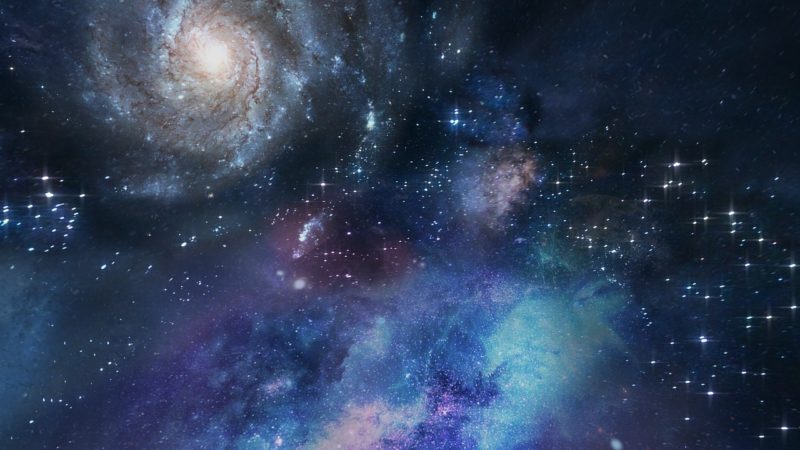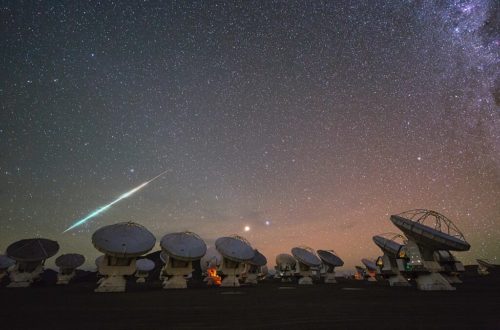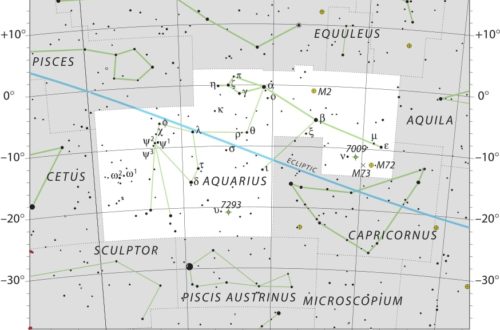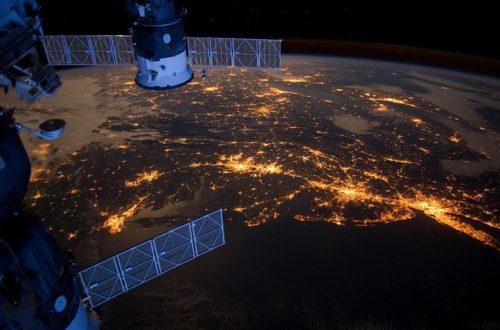Astronomy vs. Cosmology: Key Differences and Similarities

Looking to explore the differences and similarities between astronomy vs. cosmology? You’ve come to the right place!
Both astronomy and cosmology involve the study of celestial objects and the universe at large, but they differ in their focus and methods. In this article we will delve into the two sciences and where they overlap and differ.
What is Astronomy?
Astronomy is the study of celestial objects and phenomena in the universe. It encompasses everything from the study of planets and stars to galaxies and the universe as a whole. Astronomy is a branch of science that has been around for thousands of years, and it has played a crucial role in our understanding of the universe.
What is Cosmology?
At its core, cosmology is the study of the universe as a whole, including its origins, evolution, and ultimate fate. While astronomy focuses on the study of individual celestial objects and phenomena, cosmology takes a broader view, seeking to understand the universe as a whole. One of the key differences between astronomy and cosmology is the scale of observation. Cosmologists study the universe on a much larger scale, including the large-scale structure of the universe and the cosmic microwave background radiation.
Key Differences Between Astronomy vs. Cosmology
While astronomy and cosmology are closely related fields, there are some key differences between these two disciplines. Astronomy is the study of celestial objects and phenomena that exist within our universe, including planets, stars, galaxies, and black holes. Cosmology, on the other hand, is concerned with the study of the origin and evolution of the universe as a whole.
While astronomy focuses on individual objects, cosmology takes a broader perspective and seeks to understand the universe as a whole. Another key difference between the two fields is the scope of their research. Astronomy is primarily concerned with observations and measurements of celestial objects, while cosmology involves both theoretical and observational research to gain a deeper understanding of the universe.
Despite these differences, both astronomy and cosmology play important roles in our understanding of the universe, and they often work together to achieve a more comprehensive understanding of the cosmos.
Similarities Between Astronomy and Cosmology
Moving onto the similarities between astronomy and cosmology, there are quite a few to consider. First of all, both disciplines are concerned with the study of the universe and everything in it.
Both fields make use of similar observational and theoretical tools, including telescopes, computer simulations, and mathematical models to make sense of the data.
Another similarity worth mentioning is that both astronomy and cosmology are interdisciplinary sciences that draw from physics, mathematics, and other related fields. In fact, it is hard to distinguish one from the other, as astronomy and cosmology often overlap and complement each other. By combining the insights gained from both disciplines, we can achieve a deeper understanding of the universe and our place in it.
Conclusion
It is clear that while astronomy and cosmology are distinct scientific disciplines, they share a common goal of understanding the universe we inhabit. Through the use of advanced technology and innovative theories, both fields have made significant contributions to our understanding of the cosmos.
Despite their differences, astronomy and cosmology complement each other, with insights from one discipline often leading to breakthroughs in the other. The study of astronomy allows us to observe and analyze the physical properties of celestial objects, while cosmology focuses on the broader understanding of the universe as a whole.
Ultimately, the combination of these two fields provides a more complete picture of the universe, allowing us to explore and appreciate the awe-inspiring complexity of the cosmos. By recognizing the similarities and differences between astronomy vs. cosmology, we can continue to push the boundaries of our understanding and unlock the mysteries of the universe, one discovery at a time.
See also: Astronomy vs. Astrophysics
Would you like to receive similar articles by email?






One Comment
C.L.
Great breakdown of the differences and similarities between astronomy and cosmology! I always thought they were the same, but your explanations really clarified their unique focuses. It’s fascinating how both fields complement each other in understanding the universe. Looking forward to more posts like this!